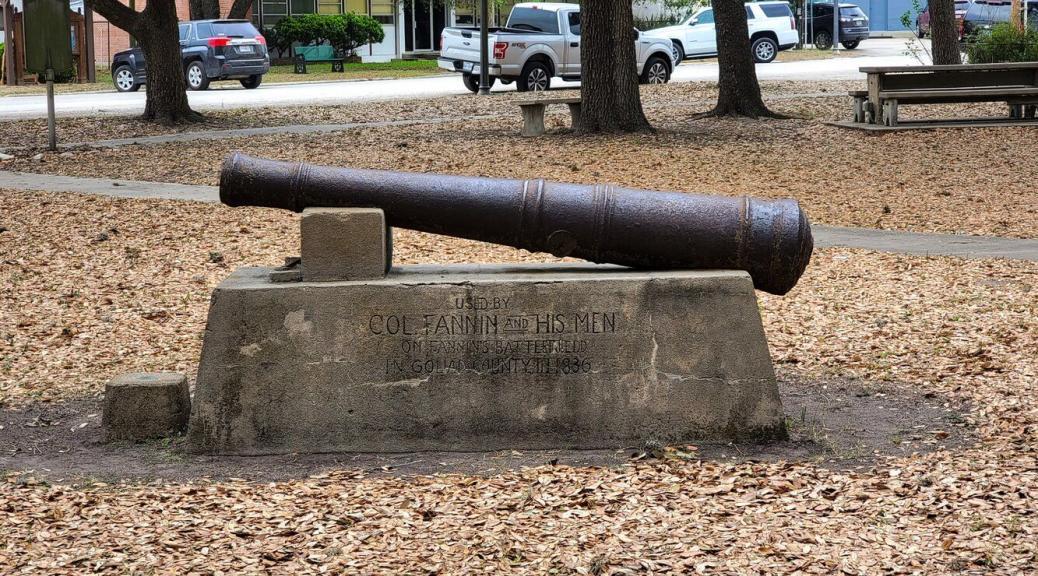
Goliad, TX
On October 9, 1835 a group of Texas citizens, led by Capt. George Collinsworth entered Goliad and attacked the Mexican garrison stationed at the Presidio La Bahia and were successful in taking possession of the fort. This action followed the incident at Gonzales a week earlier where the slogan “Come and take it” was coined daring the Mexicans to come and take a cannon that protected the city. From here the Texans marched out and captured Ft. Lipantitlan, near the Nueces River on November 5th thereby cutting off the last remaining line of Mexican communication from San Antonio to Matamoros.
After Texas gained its independence from Mexico in 1836, settlers began arriving in the Goliad area, lured by the prospect of rounding up stray cattle that belonged to the nearby missions. Ranching became the primary economic driver, and the age of the cattle drives began in the late 1800’s. Local ranch owners drove thousands of head to railheads in Kansas and Nebraska for shipment to the coasts of the U.S. As railroads were built, cattle were no longer driven up the trails and the economy of Goliad shifted to cotton and other types of farming along with beef production. With the influx of Mexican citizens fleeing the Revolutionary turmoil in Mexico and the population of Goliad grew to 13,000 in the 1890’s. By the 1940’s cattle raising and agricultural production again became economic generators and that continues today.
Learning more about the history of this area and Texas Independence was so memorable. It is amazing to learn that the early history of Texas all happened within about a 150 mile radius of this area and the sacrifice and bravery of that time is humbling. The people here are all about the history and are so proud to discuss with anyone who wants to know more. So glad we had friends, Chad and Mary Kay, to visit for 2 days to share it with us.
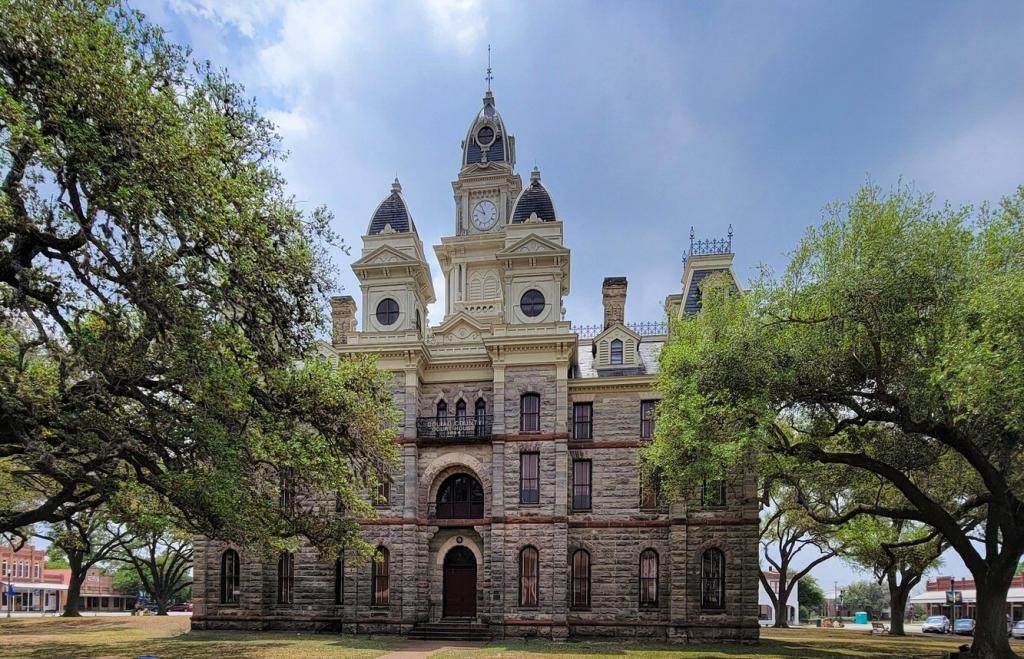
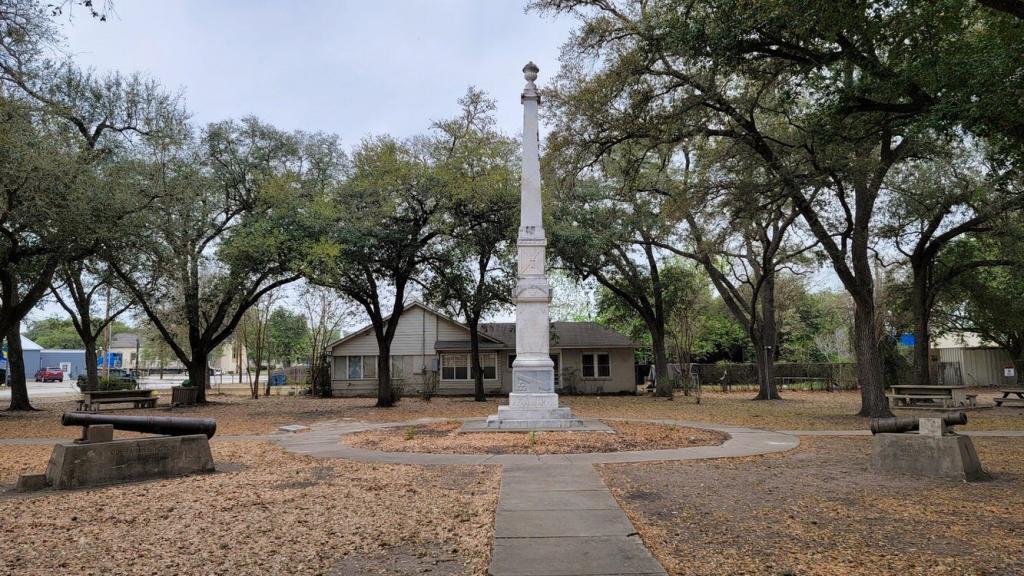
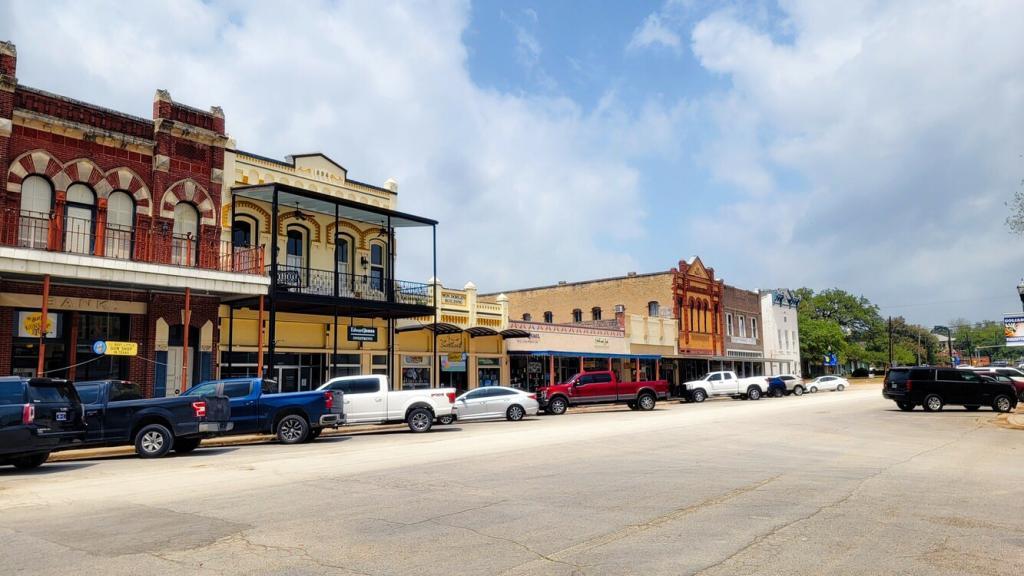
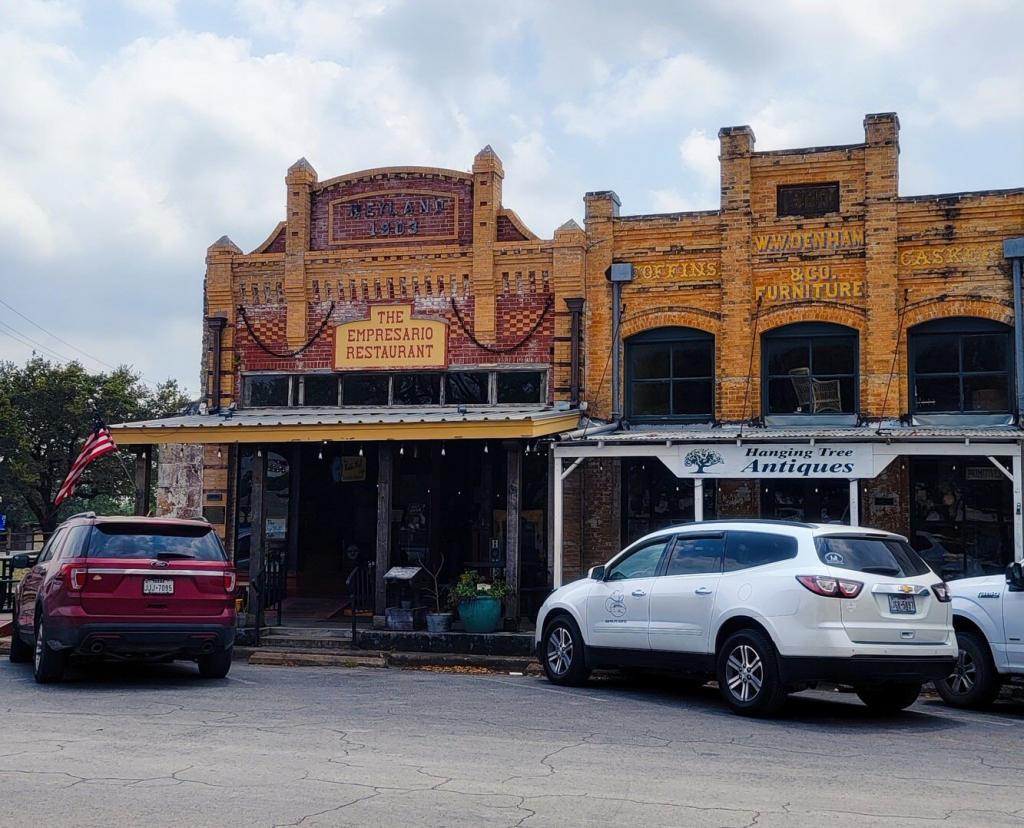

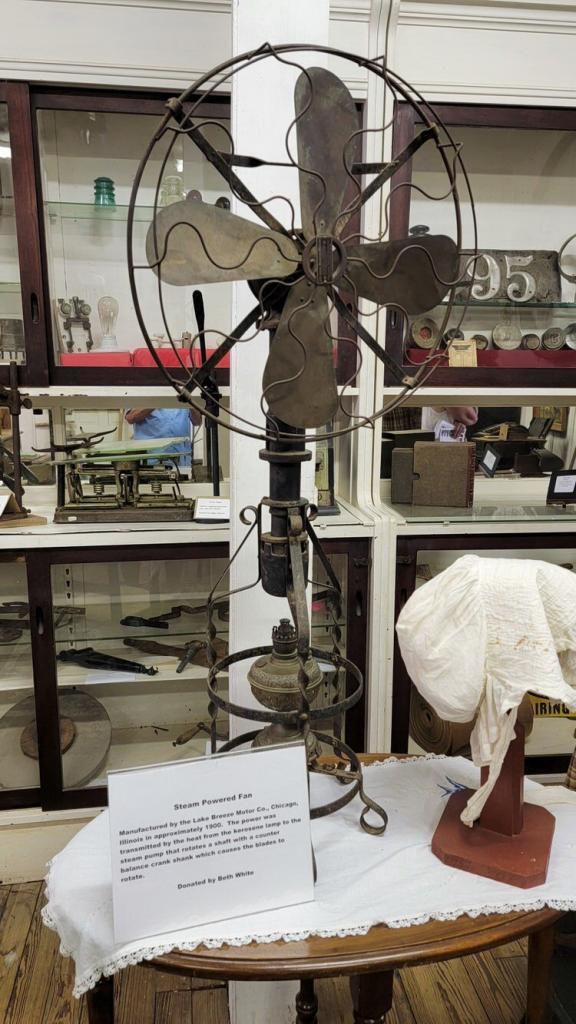
The Goliad Massacre
The darkest day in Texas history, the Goliad Massacre, took place on Palm Sunday, March 27, 1836, when Col. James Walker Fannin and 352 men under his command were executed a week after their capture at the battle of Coleto Creek, under orders of the Mexican dictator, General Santa Anna. There was twice as much loss of life here than at the Alamo. Nothing had touched the raw nerve of the American character as did the news of the men who were executed. As the news traveled across the United States, volunteers streamed forth for the people of Texas who were engaged in a war with a dictator who took no prisoners – a war of extermination. This one single event, more than any other in the Texas Revolution, proved to the people of the United States what confronted the Texans.

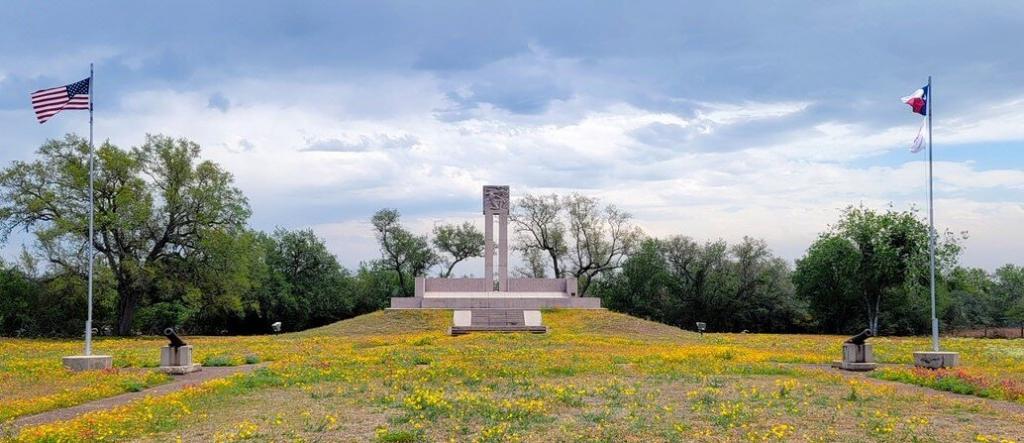
Mission Espiritu Santo (Mission Nuestra Señora de la Bahía del Espíritu Santo de Zúñiga)
This mission was established by Franciscan priests in 1722 and was moved three times before its final and current location now inside Goliad State Park. The history of the mission is exemplary of the geopolitical tensions in the region and the emergence of ranching culture in Texas. Missions were built throughout Texas for several reasons; to establish communities for Spain, to convert nearby Indian tribes to Catholicism, and to offer some protection to the people living in them. They were often set up in conjunction with a nearby presidio or fort, and this location just happens to be the last remaining Presidio/Mission pair still standing in Texas with Presidio La Bahia nearby just across the San Antonio River.
The Mission includes a church, workshop, living quarters, and museum explaining the lives and very different cultures of the people who lived in the mission. A great deal of detailed information about the mission is available at Texas Beyond History
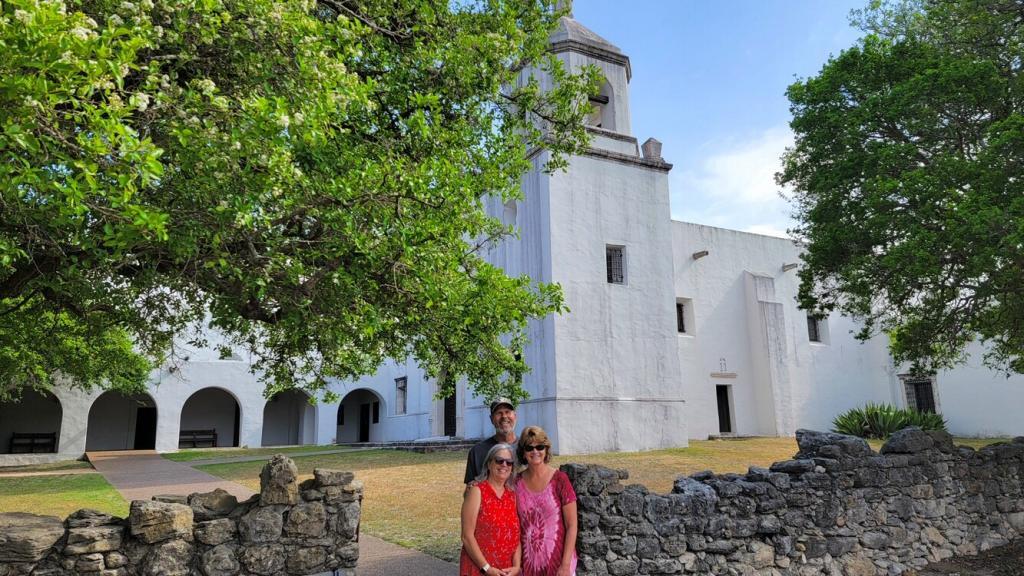

Presidio La Bahia
Presidio La Bahia is considered the world’s finest example of a Spanish frontier fort. In 1968, Lady Bird Johnson unveiled a Department of the Interior plaque designating the restored Presidio La Bahia as a registered National Landmark. This is the most fought over fort in Texas history, having seen participation in six National Revolutions/Wars for Independence. Spanish, Mexican and Texan soldiers all garrisoned its fortified walls.
The fort is the site where the history of Goliad began. The location of the fort had been occupied long before Spain arrived in the New World. Strategically located on a hill overlooking the surrounding area, the Spanish arrived here in 1749 and found evidence of an Indian Village in the area they named Santa Dorotea. As permanent settlement by Spain began the town of La Bahia (“The Bay”), grew up around the protection of the fort. This town was the original Goliad, the name being changed in 1829 as an anagram for Hidalgo, in honor of the patriot priest of the Mexican Revolution, Father Miguel Hidalgo, who sounded the famous “Grito de Delores” in 1810 for Mexican Independence from Spain. This town became the second largest populated settlement in Spanish Texas.
Here at the Presidio inside the chapel, the first Declaration of Texas Independence was formally declared on December 20, 1835, signed by 92 citizens and distributed throughout Texas, boldly stating the intentions of these settlers of Texas. Along with it, flew the first flag of Texas Independence. Nothing short of full independence from Mexico would satisfy those who had suffered under the injustices of a dictatorial government led by the self-styled “Napoleon of the West”, General Antonio Lopez de Santa Anna. The Unanimous Declaration of Independence was finally made by the Delegates of the People of Texas in General Convention at the Town of Washington on the 2nd day of March 1836.

Though a fort, not a mission, a chapel was erected inside the quadrangle for the sole use of the soldiers and Spanish settlers living in the town of La Bahia that surrounded the fort. The chapel was given the name “Our Lady of Loreto”, and is the oldest building in the compound in continuous use since the 1700’s. This centuries-old chapel was where Fannin’s men were held for part of their captivity before they were massacred.
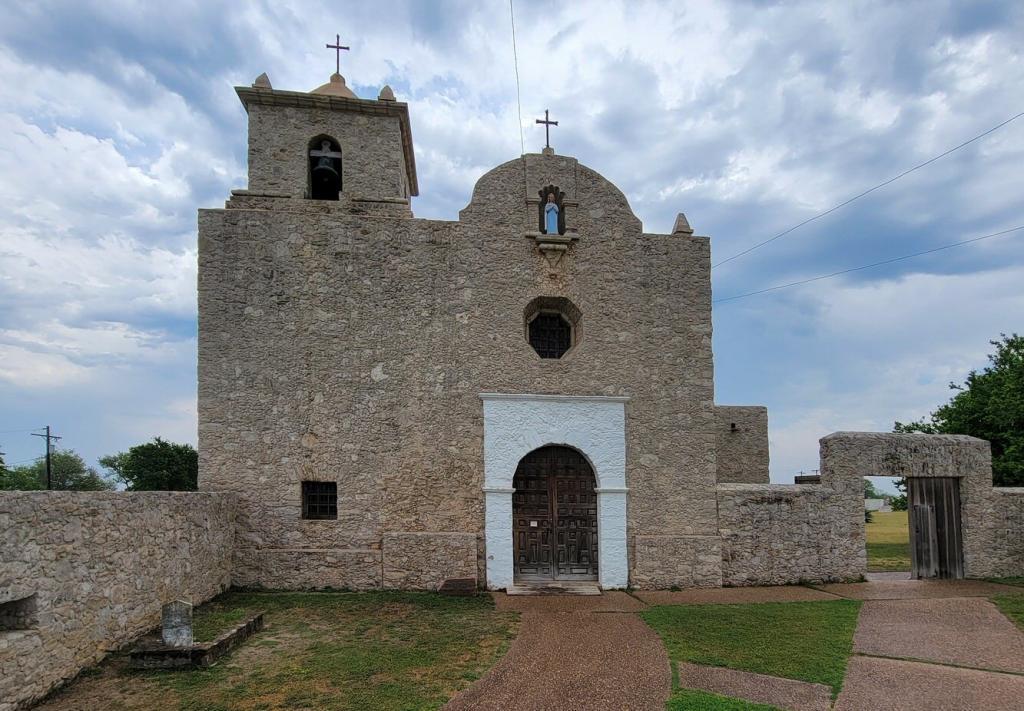
One of the oldest churches in America, it is also one of the only buildings in existence that has its original “groin vaulted ceiling” in place. The striking fresco at the back of the alter was done in 1946 by the “Michelangelo of South Texas,” Corpus Christi artist Antonio Garcia.
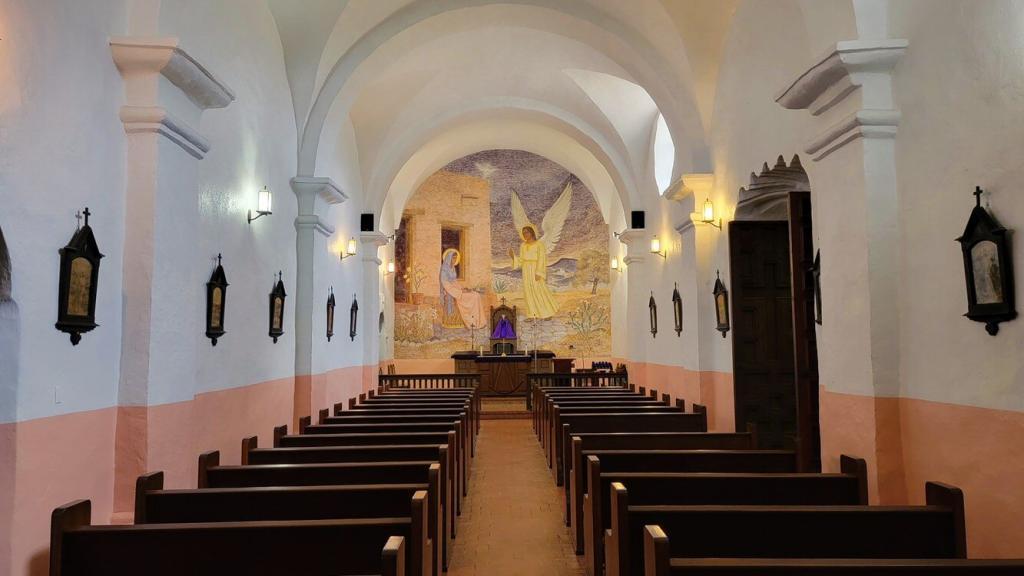
Park Review – Goliad State Park
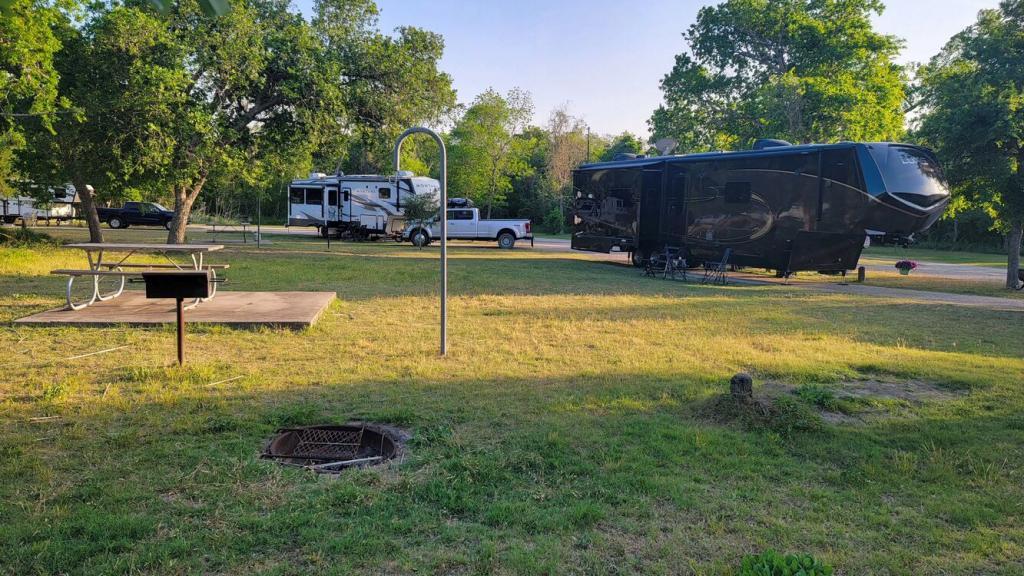
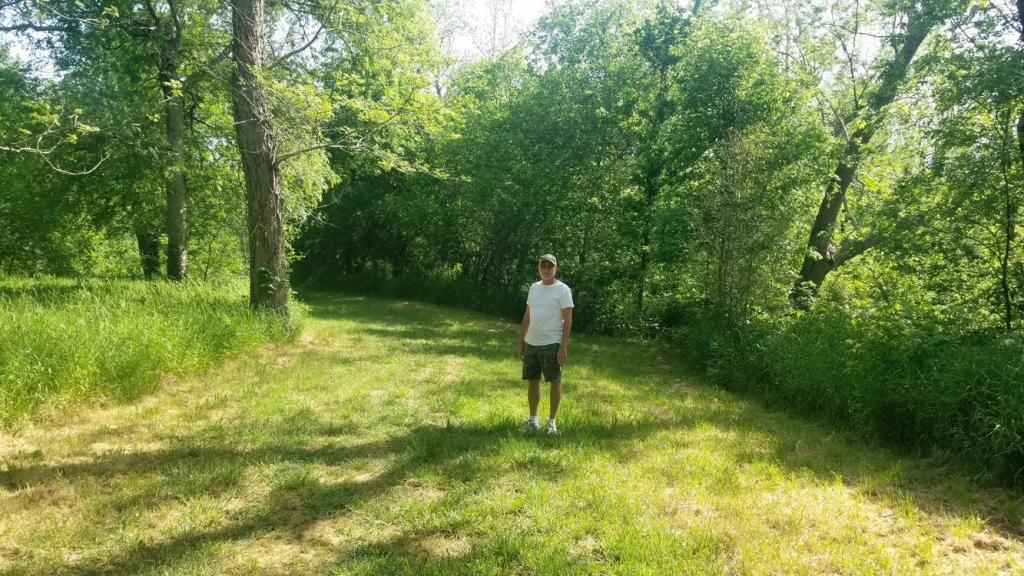
Rating: ⭐⭐⭐
Location: Goliad, TX
Site Quality / Amenities: The Karankawa campground has 50A full hookup sites with asphalt roads and pads. Each site has a picnic table on a concrete pad, a lantern pole, a grill, and a fire pit.
Type: State Park
Access: Easy access off US Hwy 183 just south of Goliad, TX.
Staff: Staff interactions were minimal but all good.
Cellular/Wi-Fi: AT&T speeds were around 4.5 Mbps. Verizon was a bit faster at about 7 Mbps.
Restaurants: The Empresario restaurant on the square in Goliad had great American food.
Nearby parks: We did not look at other parks in the area.
What we liked: The sites on the outside of the Karankawa loop (odd numbered) are much better than the inside sites (even numbered). Our rating might be a bit higher had we stayed in an odd numbered site.
What we didn’t like: The sites inside the Karankawa loop (we were in site 12) were a bit rougher with lots of dead stems from large weeds. Also the placement of the fire rings and picnic tables was awkward. Our neighbors fire ring was very close to our rig while ours was 50 to 75′ away from our rig. Our picnic table was also a bit far from our rig.
Verdict: Good for a few days stay to see the historical sights and visit the downtown square area of Goliad.
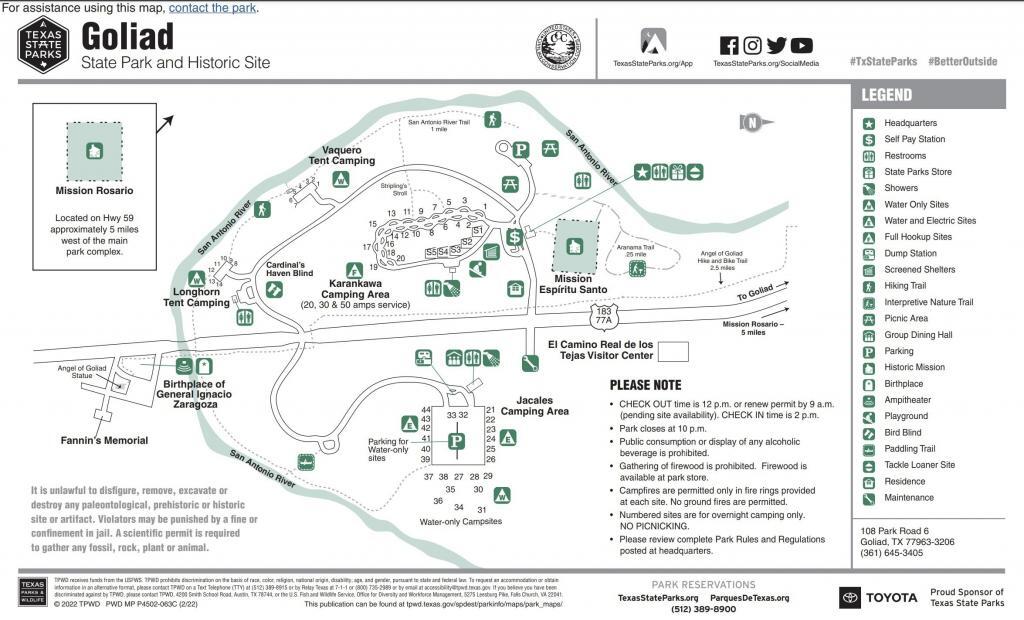
One thought on “Goliad, TX”
Now that’s a LOT of amazing history in that area! Thanks for sharing all the pics – I enjoyed them as well as the info about each one. Have a great day!